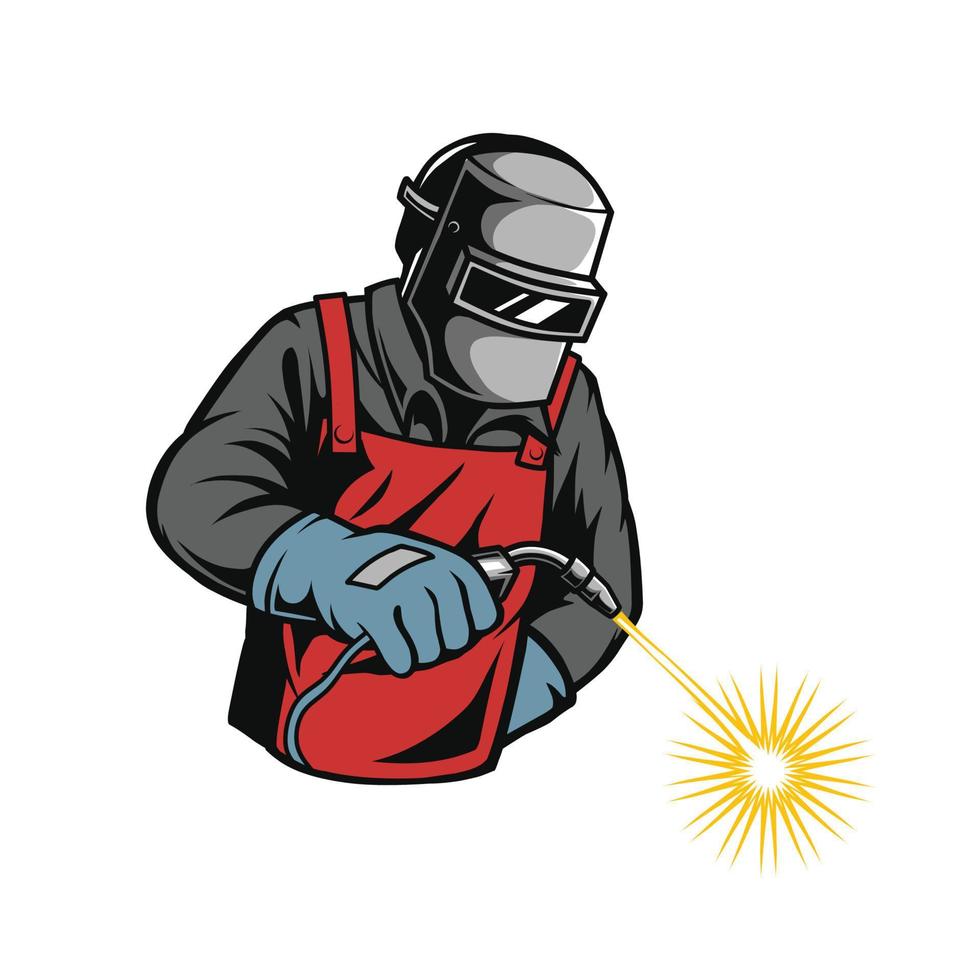Optimizing Your Welding WPS: Strategies for Improved Efficiency and Effectiveness
Optimizing Your Welding WPS: Strategies for Improved Efficiency and Effectiveness
Blog Article
Achieving Welding Excellence: Unveiling the Keys of WPS Application and Optimization
In the world of welding, accomplishing excellence is a quest that pivots on the thorough application and optimization of Welding Procedure Specifications (WPS) By diving right into the essential elements, approaches, obstacles, and finest methods connected with WPS, a world of welding quality waits for those who are willing to discover its midsts.
Significance of WPS in Welding
The Value of Welding Treatment Specifications (WPS) in the welding sector can not be overemphasized, working as the backbone for making sure consistency, high quality, and safety in welding procedures. A WPS provides detailed instructions on just how welding is to be performed, consisting of vital variables such as materials, welding procedures, joint style, filler steels, preheat and interpass temperatures, welding currents, voltages, traveling rates, and more. By sticking to a well-defined WPS, welders can keep uniformity in their job, leading to constant weld quality throughout different jobs.

Key Aspects of WPS
Discussing the important elements of a welding treatment requirements (WPS) is crucial for recognizing its function in welding procedures. A thorough WPS includes numerous key components that guide welders in accomplishing top quality and consistency in their work. One critical facet of a WPS is the welding process spec, which outlines the particular welding processes to be used, such as gas tungsten arc welding (GTAW) or protected metal arc welding (SMAW) Additionally, the WPS consists of information on the welding materials, such as the kind and specifications of the base metal and filler metal to be used. The WPS additionally defines important variables like welding parameters, interpass and preheat temperature level demands, and post-weld heat treatment procedures. Moreover, it consists of information on joint layout, fit-up, and any kind of unique strategies or precautions necessary for the welding procedure. By incorporating these key components into the WPS, welding procedures can be standard, guaranteeing quality, efficiency, and safety in welding procedures.
Methods for WPS Optimization

Secondly, training and certification of welding workers according to the particular requirements of the WPS is extremely important. Supplying comprehensive training programs and making sure that welders are accredited to carry out treatments detailed in the WPS can result in better welds and reduced rework.
In addition, leveraging technology such as welding software application and tracking systems can assist in optimizing WPS. These devices can assist in monitoring variables, making sure criteria are within specified limitations, and giving real-time comments to welders, allowing them to make instant modifications for improved weld top quality.
Common Challenges and Solutions
Facing barriers in applying the techniques for WPS optimization can impede welding operations' performance and high quality. One usual obstacle is inadequate training or understanding of the welding treatment requirements (WPS) among the welding group.
Another challenge is the lack of correct paperwork and record-keeping, which is necessary for WPS optimization. Without clear documents of welding specifications, materials utilized, and evaluation outcomes, it ends up being difficult to determine areas for enhancement and guarantee uniformity in welding procedures. Carrying out a robust paperwork system, such as digital welding monitoring software, can aid enhance record-keeping and help with data analysis for continuous improvement.
In addition, irregular welding devices calibration and have a peek at these guys maintenance can position a substantial challenge to WPS optimization. Routine equipment checks, calibration, and maintenance schedules need to be stuck to strictly to make certain that welding specifications are accurately controlled and kept within the specified tolerances (welding WPS). By attending to these common difficulties with aggressive solutions, welding procedures can enhance effectiveness, high quality, and overall welding quality
Finest Practices for WPS Execution
To ensure effective WPS application in welding procedures, adherence to industry criteria and thorough attention to information are paramount. When launching WPS application, it is important to start by completely recognizing the particular welding demands of the task. This entails use this link a thorough review of the welding procedure specs, products to be bonded, and the ecological problems in which the welding will certainly occur.
When the requirements are clear, the following step is to choose the ideal welding procedure that lines up with these specs. This includes consulting the relevant codes and requirements, such as those supplied by the American Welding Culture (AWS) or the International Company for Standardization (ISO), to make sure compliance and quality.
Additionally, documenting the entire WPS application procedure is important for traceability and quality assurance. Comprehensive documents need to be kept regarding welding parameters, material preparation, preheat and interpass temperatures, welding consumables used, and any deviations from the original treatment. Normal audits and testimonials of the WPS can aid recognize locations for enhancement and make sure continuous optimization of the welding process.

Final Thought
In verdict, the implementation and optimization of Welding Procedure Specs (WPS) is crucial for accomplishing welding quality. By understanding the essential elements of WPS, executing reliable approaches for optimization, dealing with usual difficulties, and adhering to finest techniques, welders can guarantee high-quality welds and safe working problems. It is imperative for experts in the welding sector to prioritize the correct implementation of WPS to improve general welding efficiency and accomplish preferred end results.
The Value of Welding Treatment Requirements (WPS) in the welding industry can not be overemphasized, serving as the backbone for making certain consistency, top quality, and security in welding operations. A WPS supplies detailed guidelines on exactly how welding is to be carried out, consisting of essential look at more info variables such as materials, welding processes, joint style, filler metals, interpass and preheat temperature levels, welding currents, voltages, travel rates, and extra. One critical element of a WPS is the welding process specification, which details the details welding processes to be utilized, such as gas tungsten arc welding (GTAW) or shielded steel arc welding (SMAW) By integrating these vital components into the WPS, welding procedures can be standard, guaranteeing high quality, efficiency, and safety in welding operations.
It is imperative for professionals in the welding sector to focus on the proper execution of WPS to enhance overall welding performance and achieve wanted outcomes.
Report this page